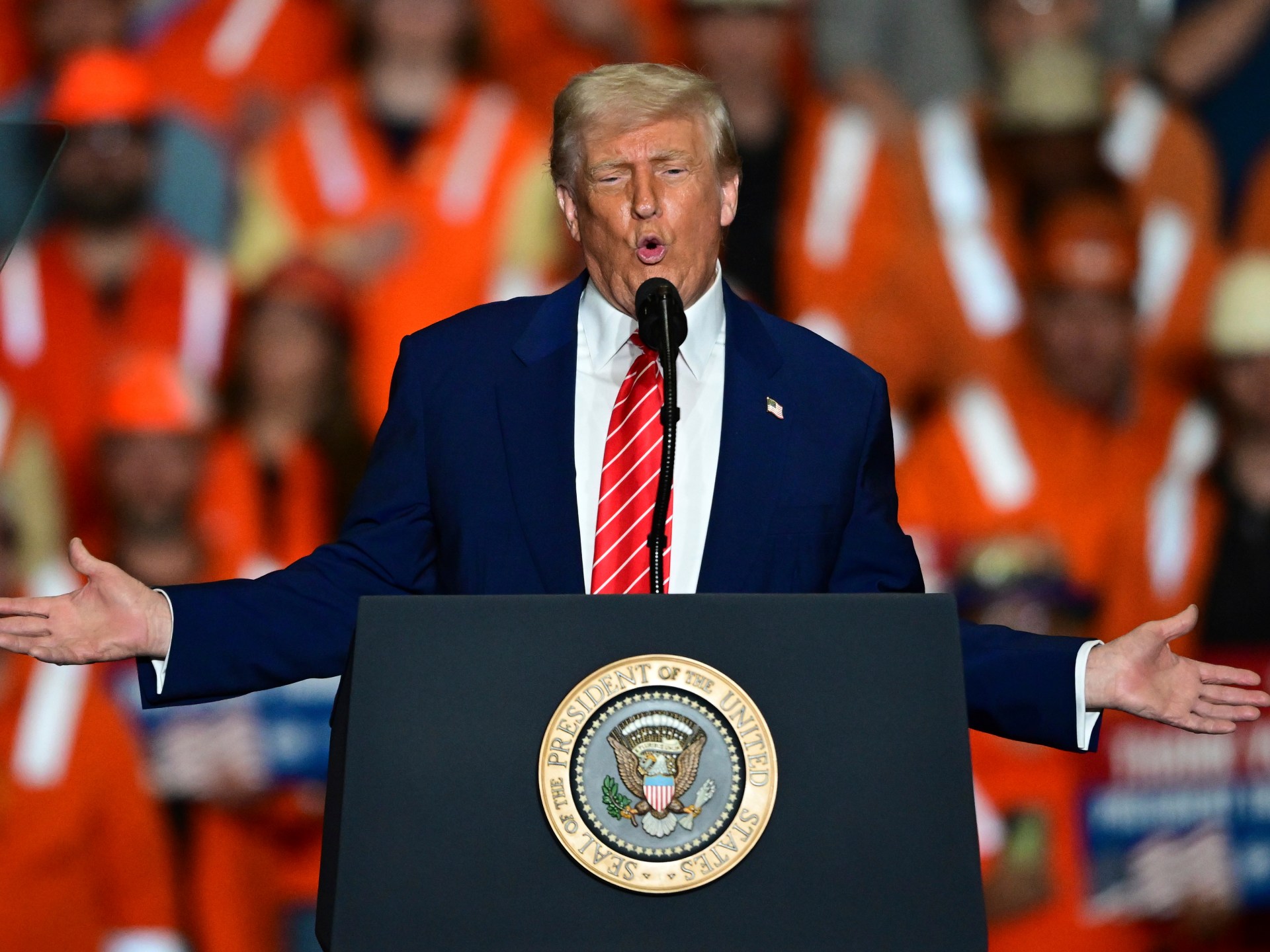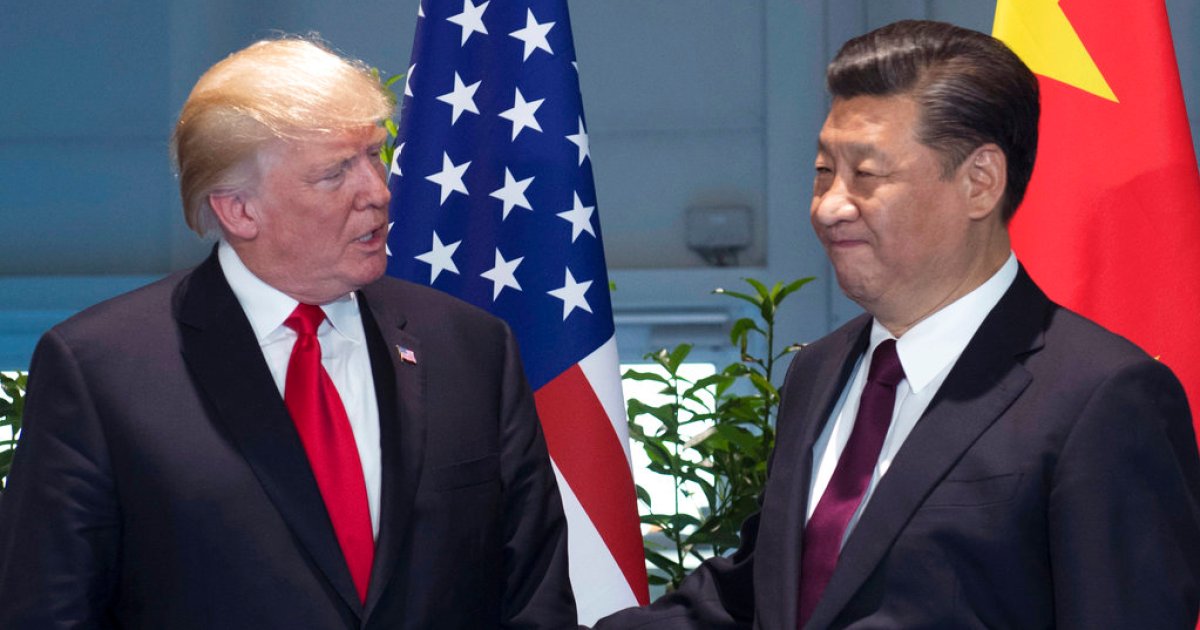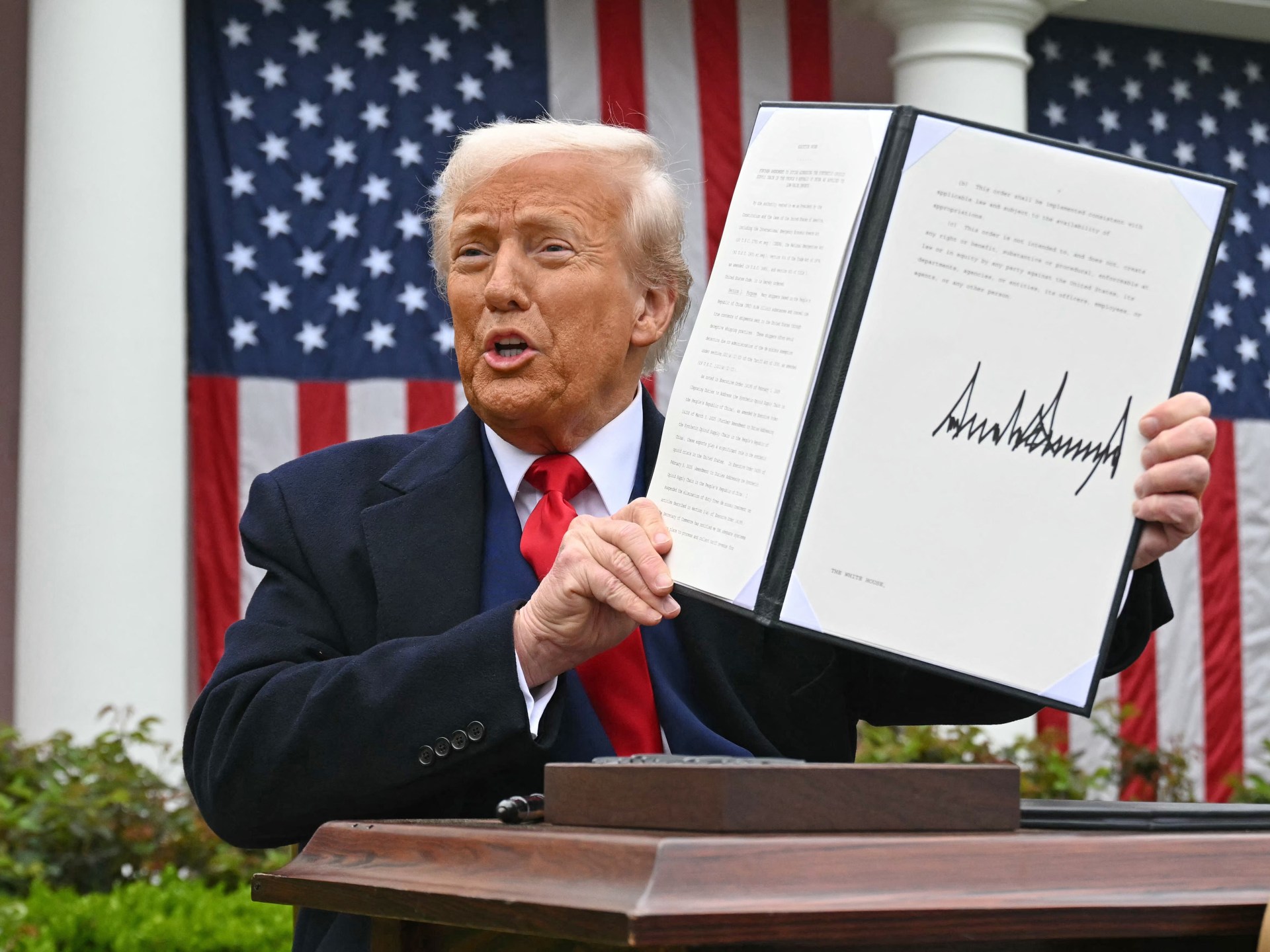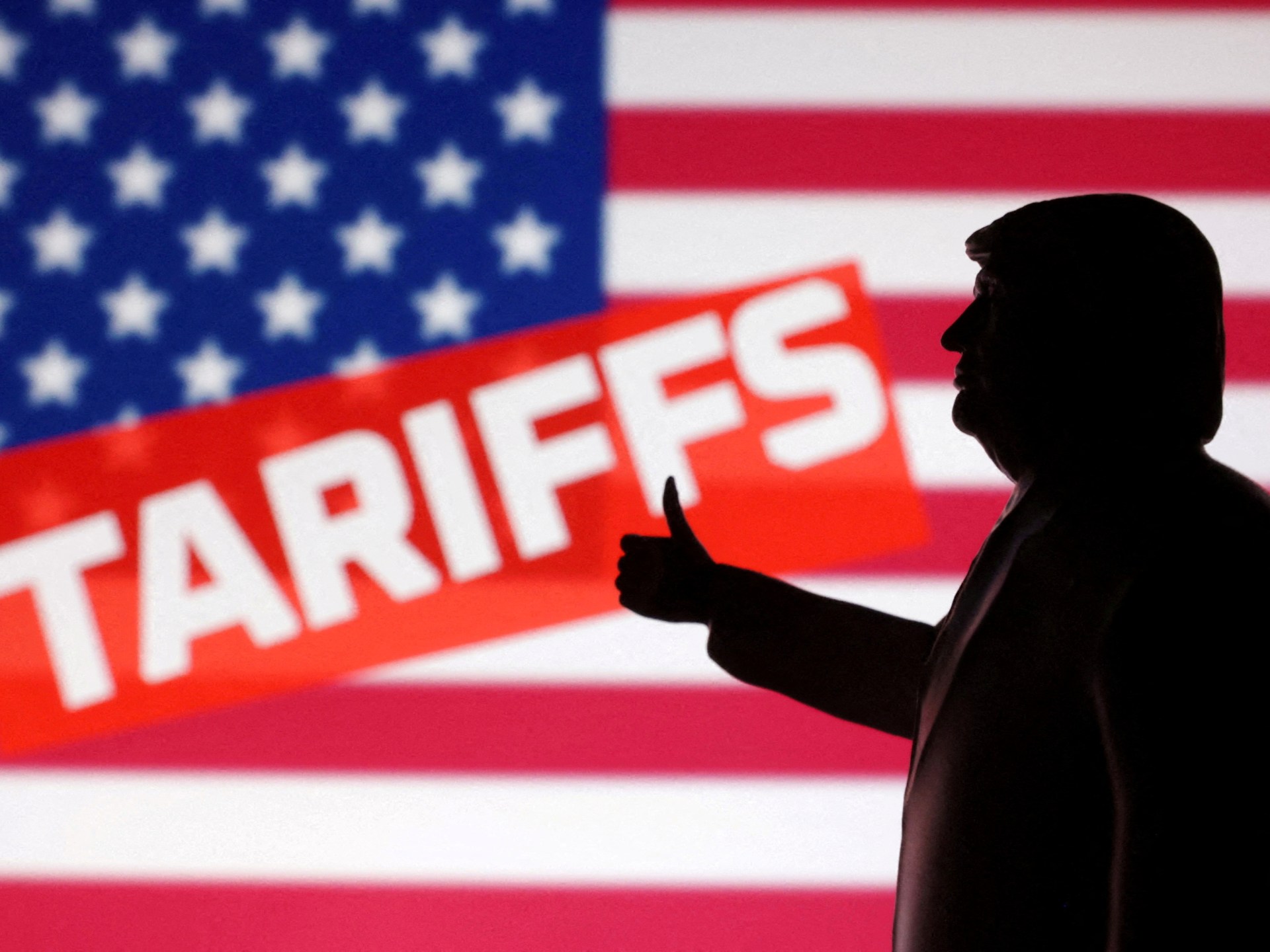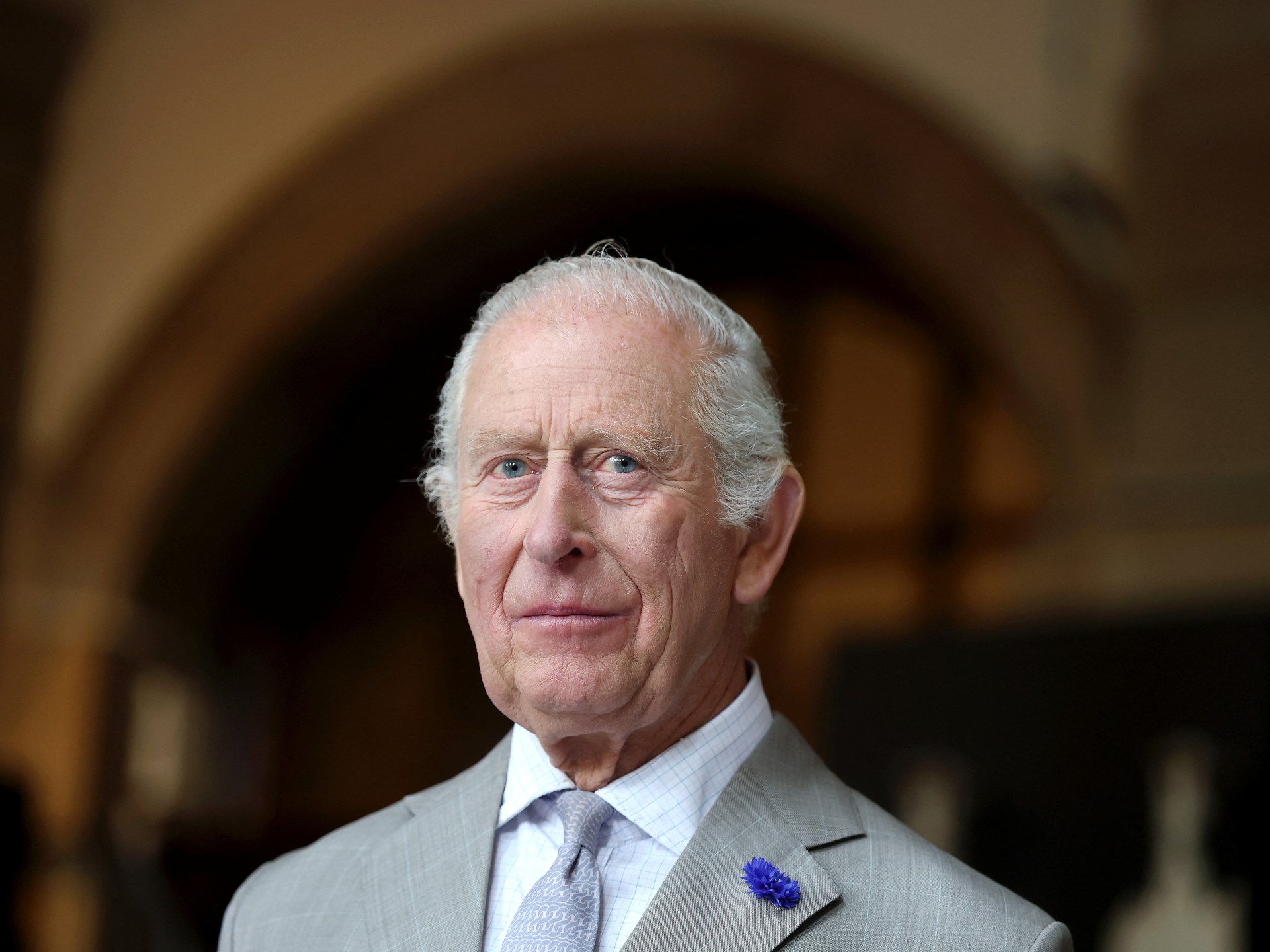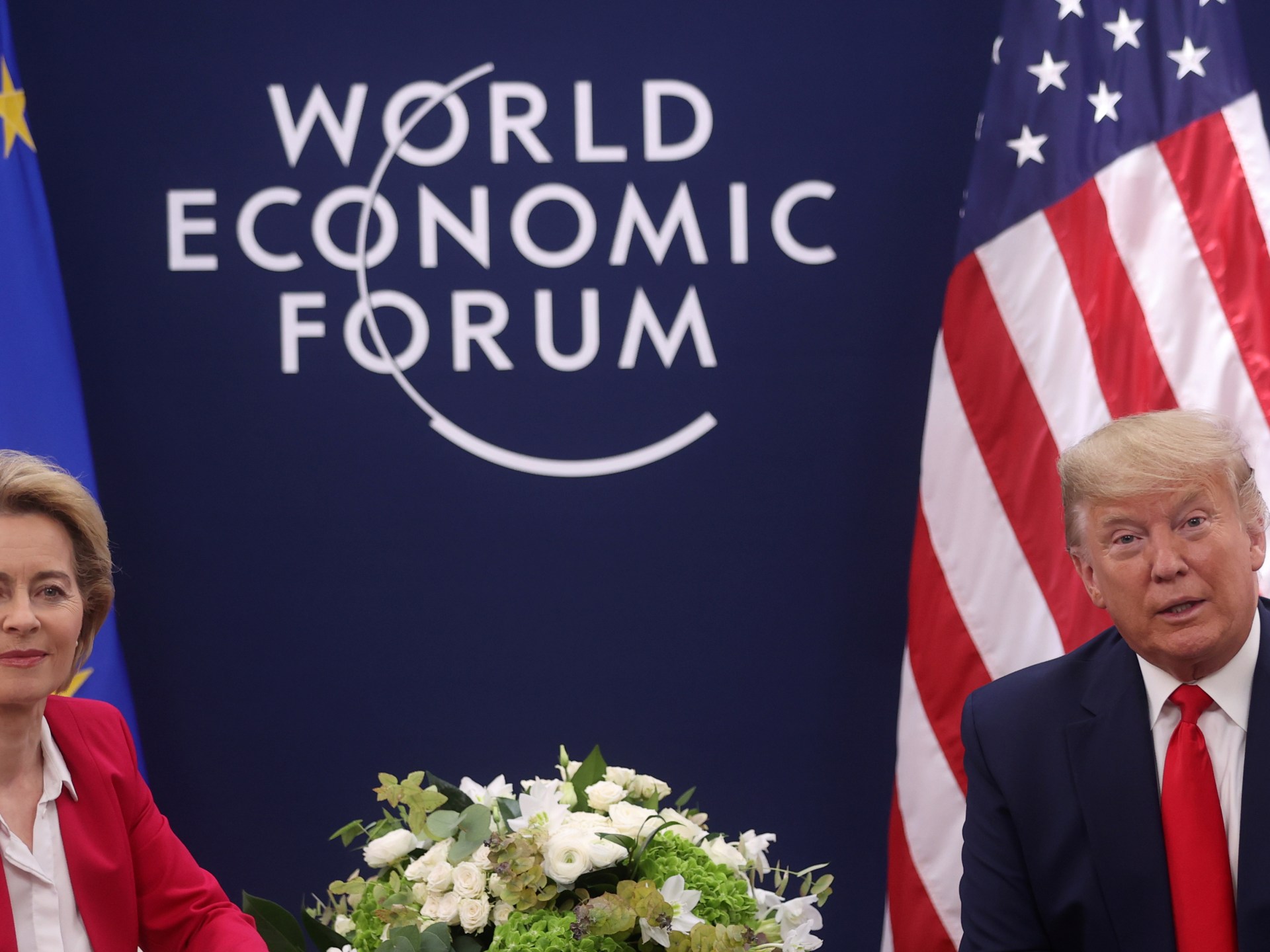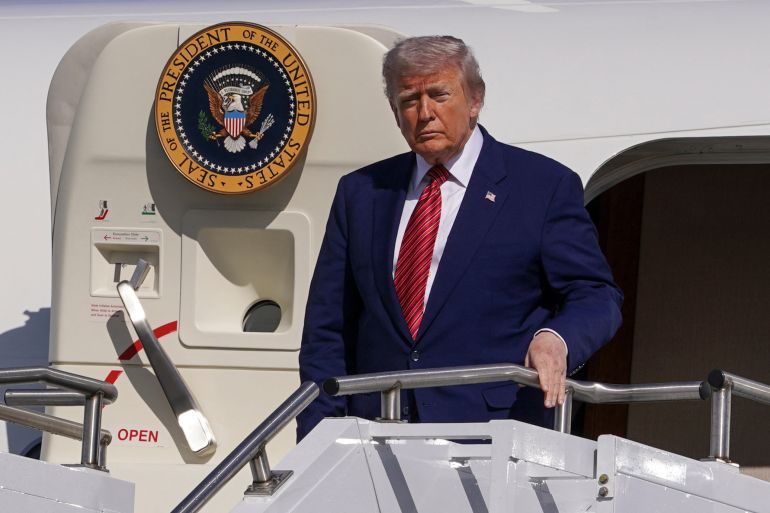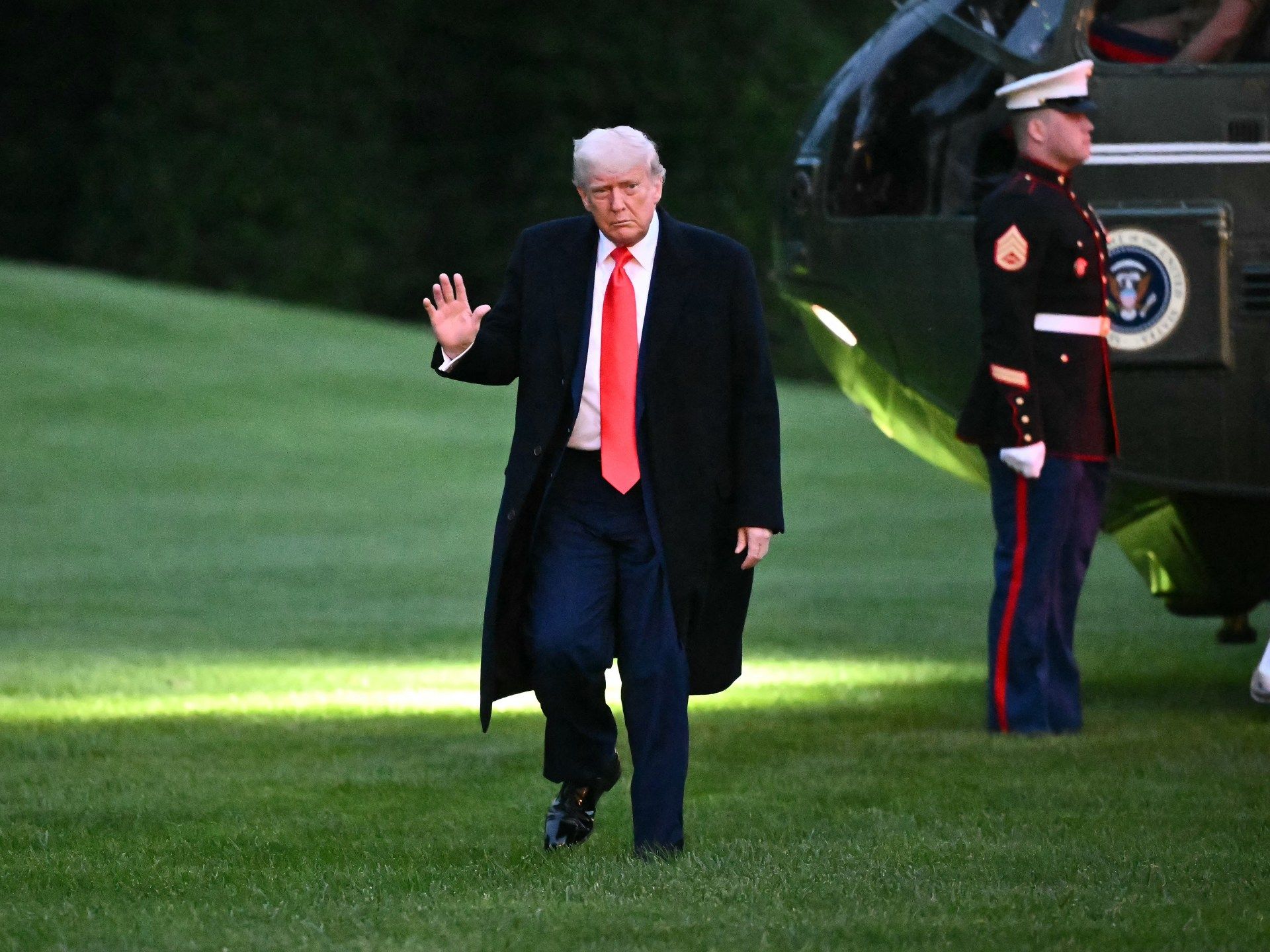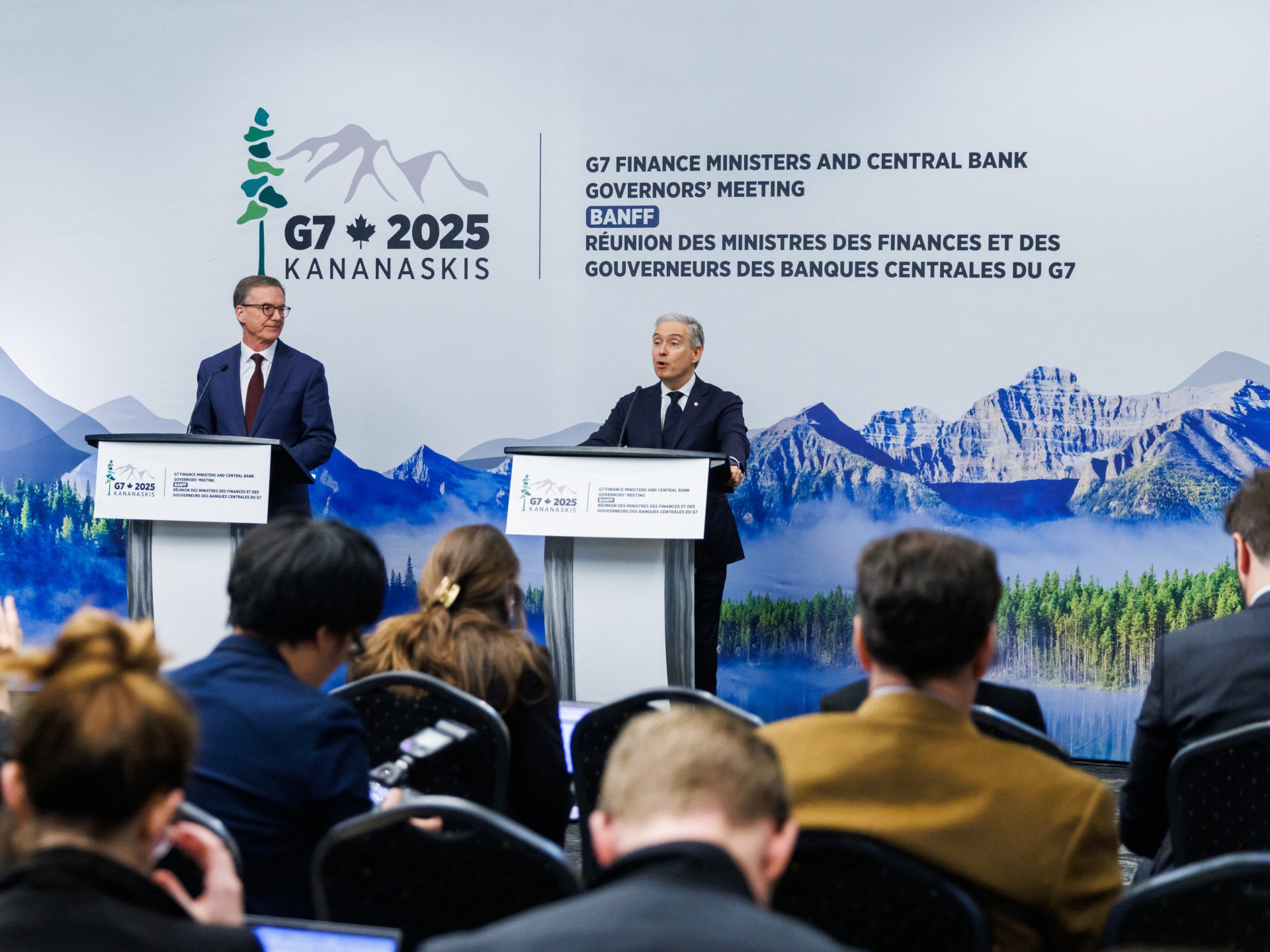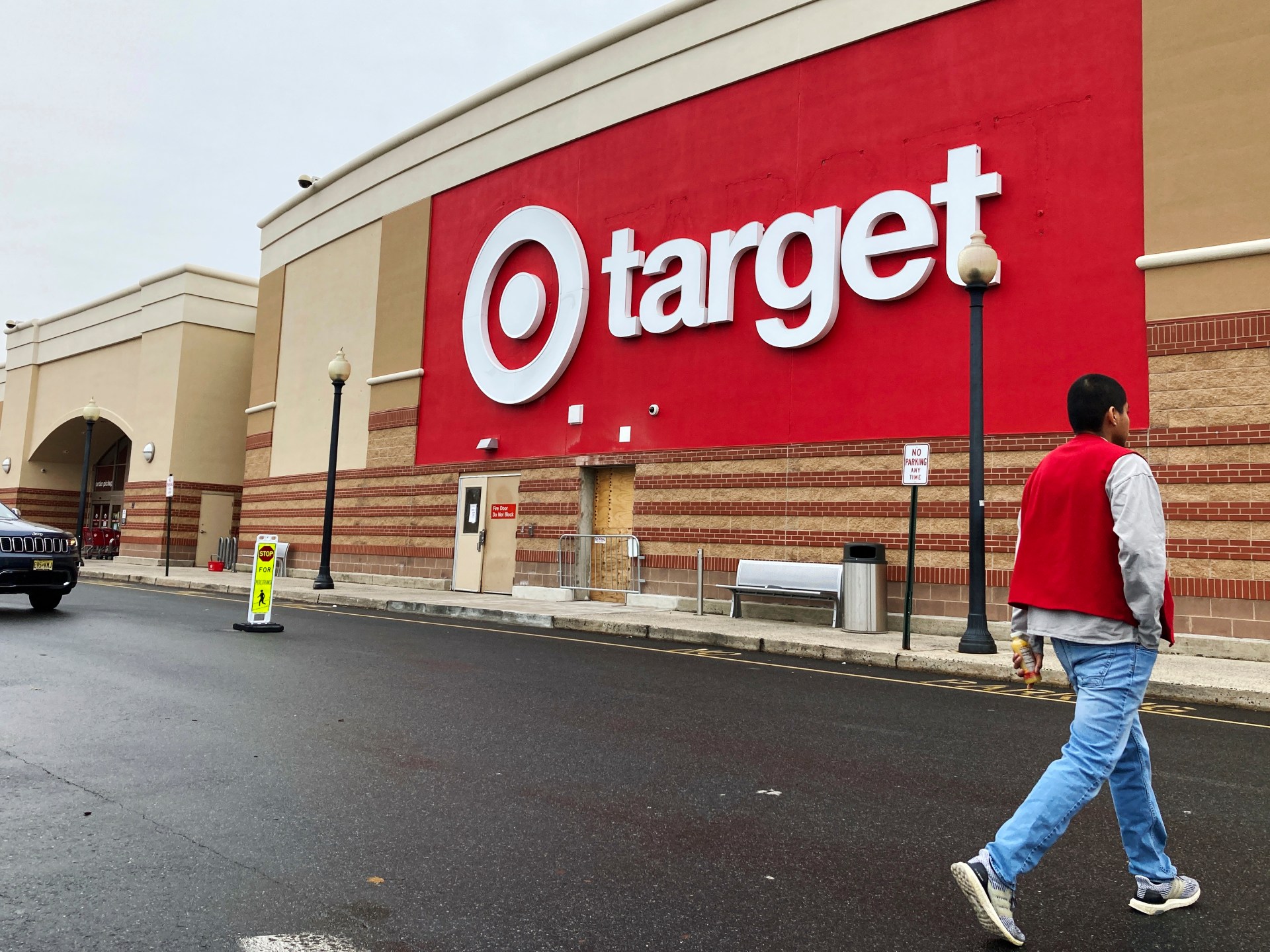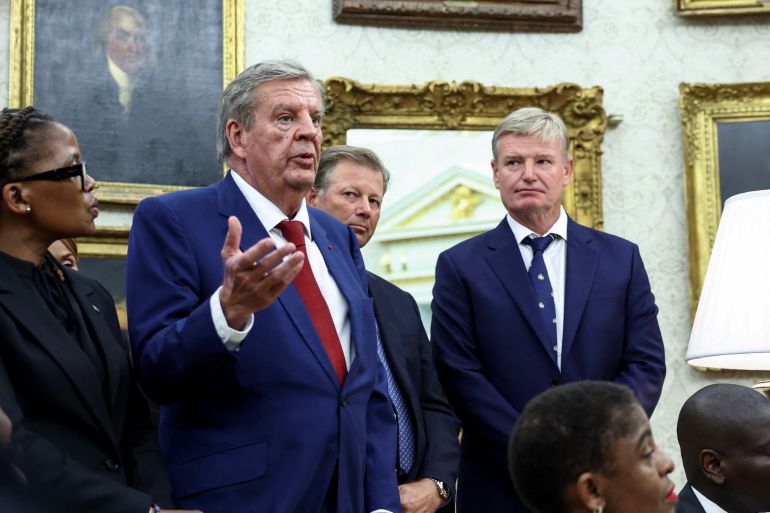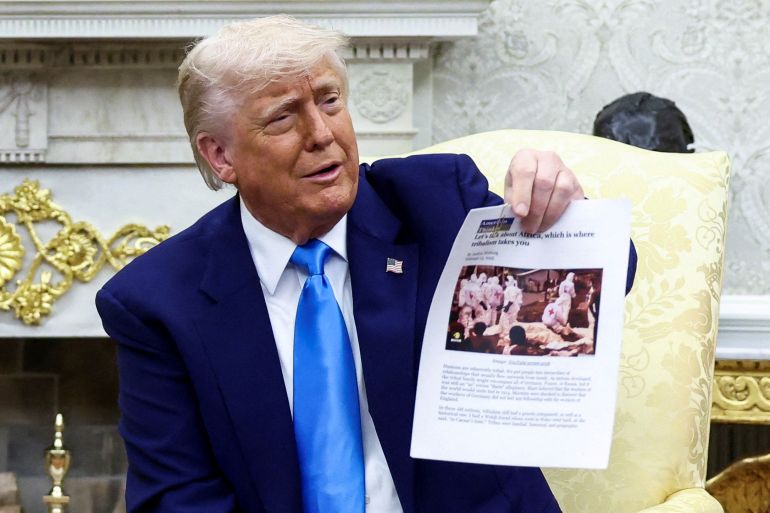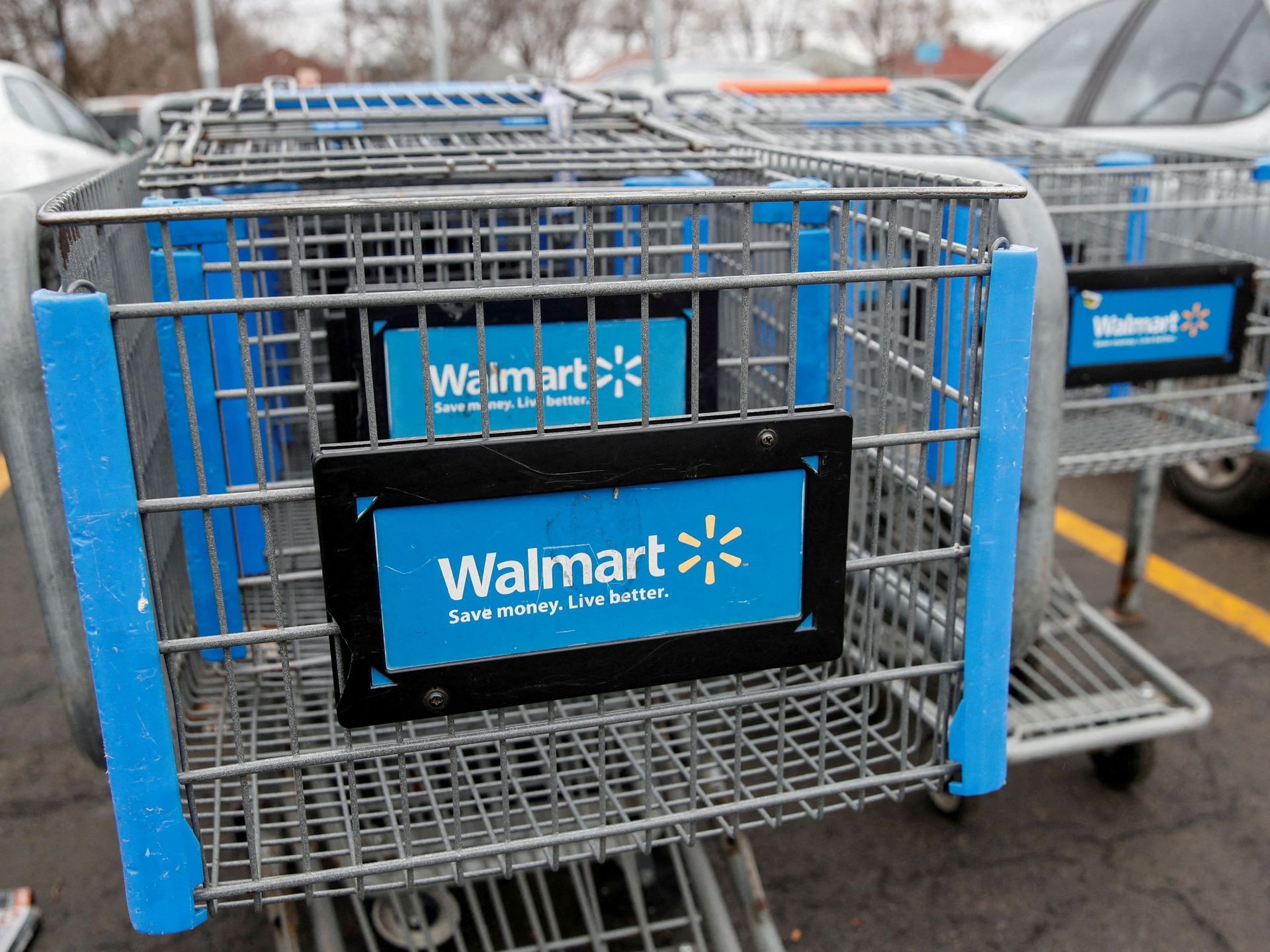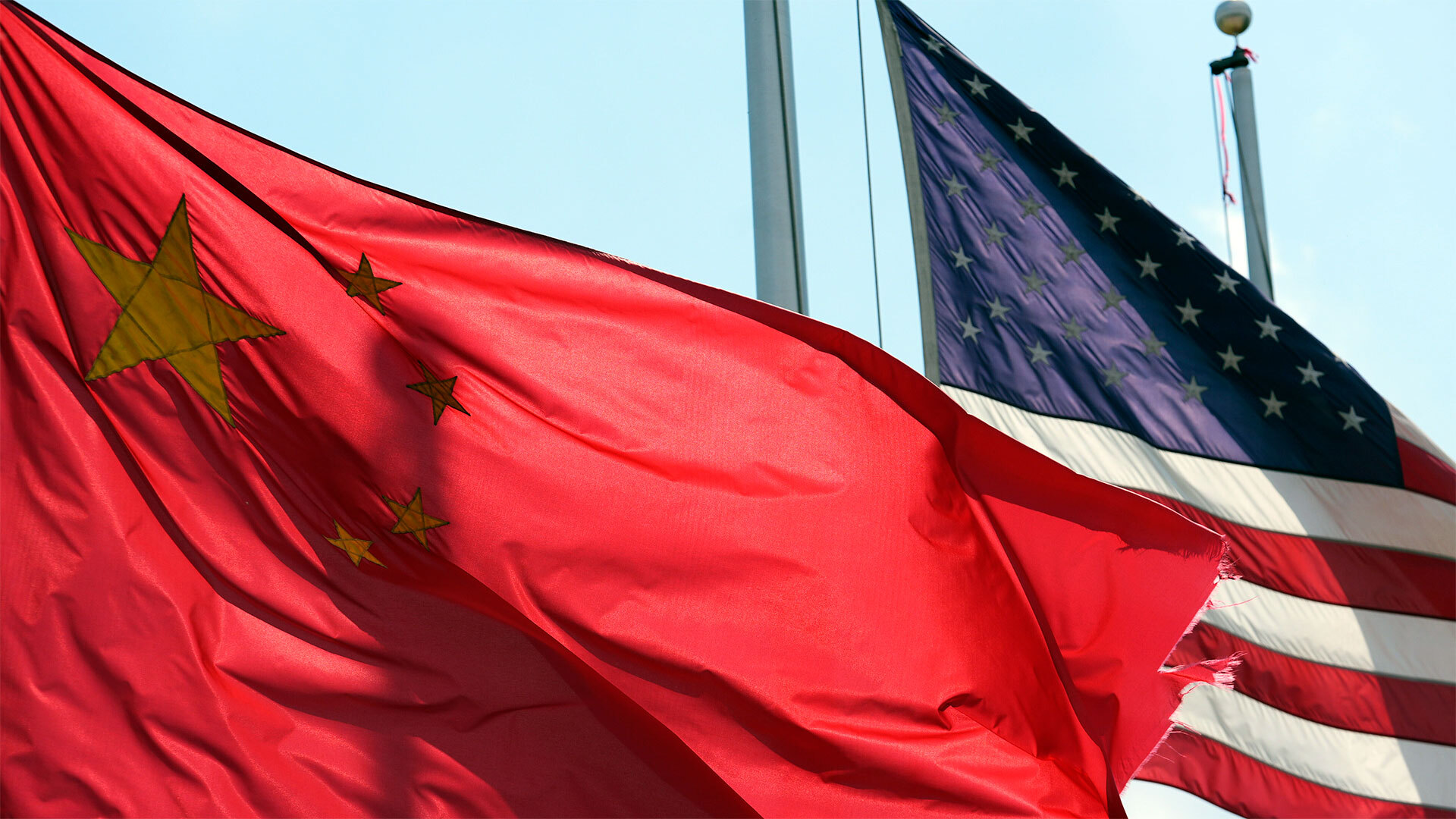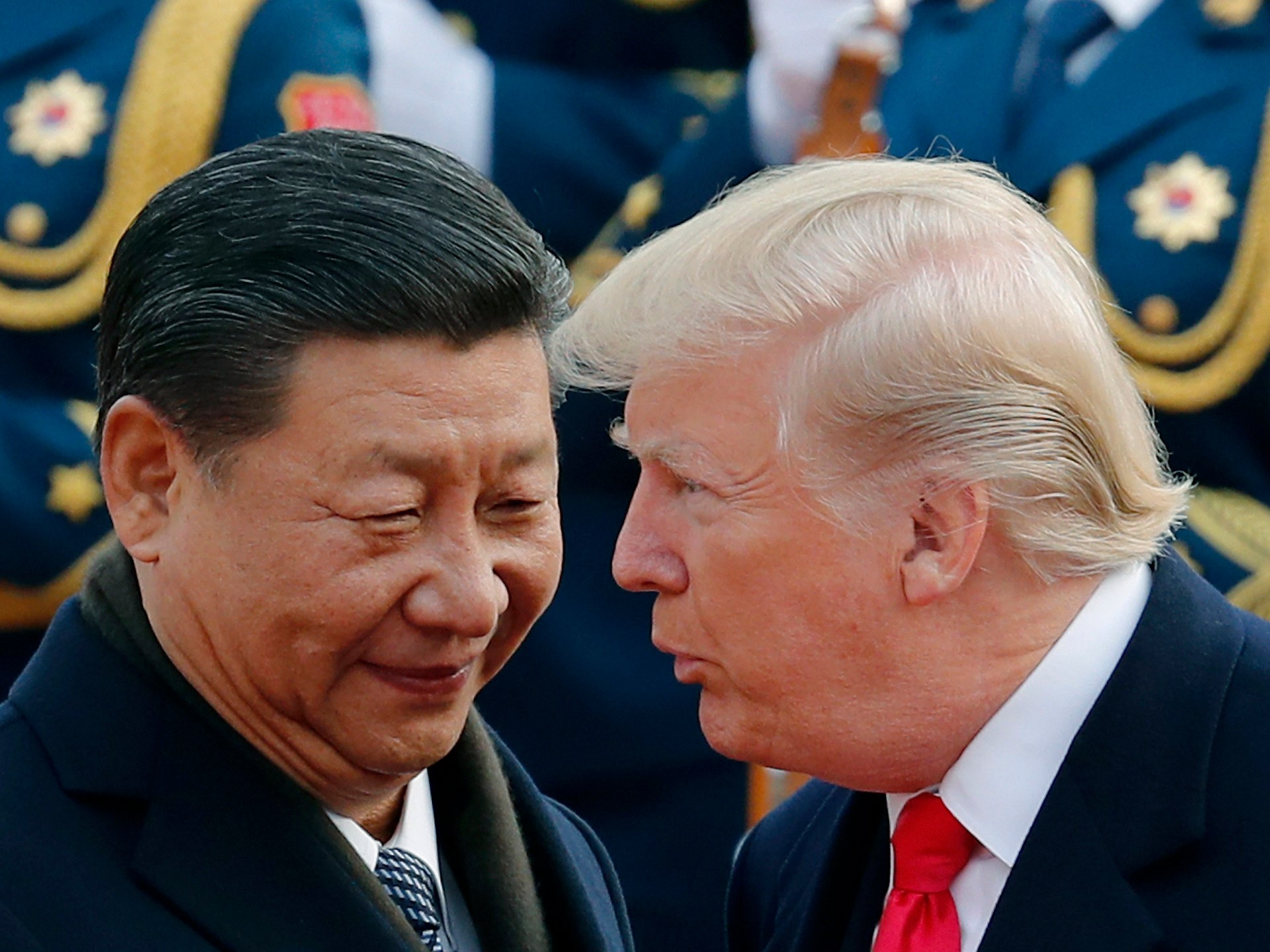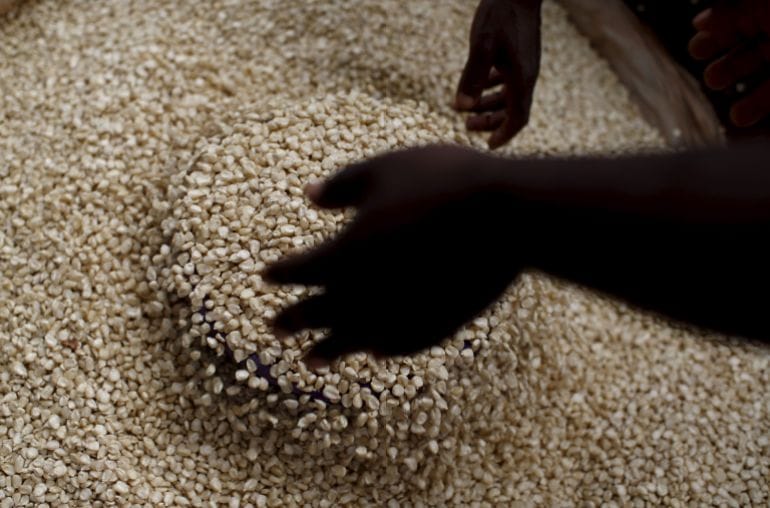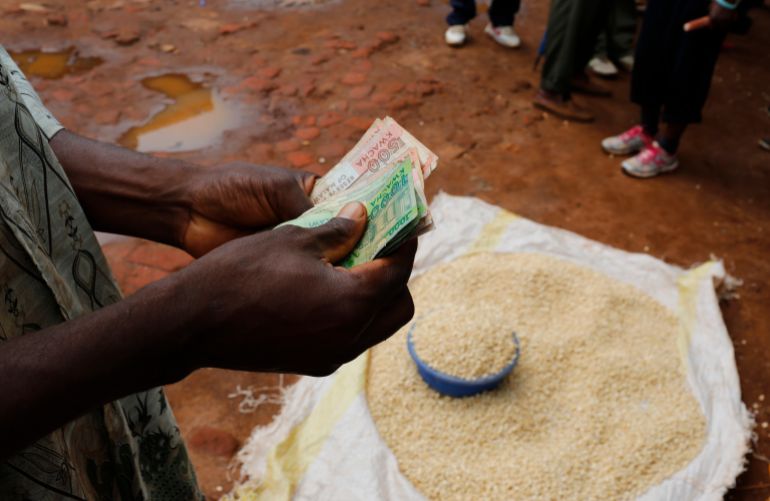South Korea’s presidential election aims to restore democratic credentials | Elections News
Seoul, South Korea – After six hours of emergency martial law, hundreds of days of protests, violence at a Seoul court and the eventual impeachment of President Yoon Suk-yeol, South Korea is now hours away from choosing a new leader in the hope of restoring stability to an unsettled nation.
From 6am to 8pm on Tuesday (21:00 to 11:00 GMT), South Koreans will vote for one of five presidential candidates in a race led largely by the opposition Democratic Party’s Lee Jae-myung. He is followed in the polls by the governing People Power Party candidate Kim Moon-soo.
The election – involving 44.39 million eligible voters – is expected to see either of these two top contenders replace Yoon. The expelled former president last week attended his fifth court hearing where he faces charges of leading an insurrection and abusing power due to his failed imposition of martial law on December 3.
If convicted, Yoon could face a maximum penalty of life in prison or even the death sentence.
Participation in the election is predicted to be at an all-time high amid the political turmoil resulting from the brief imposition of military rule, which still resonates in every corner of society and has sharply divided the country along political lines. There are those who still support Yoon and those who vehemently oppose his martial law decision.
The Democratic Party’s Lee is currently the clear frontrunner, with Gallup Korea’s latest poll on May 28 placing his support at 49 percent, compared with People Power Party Kim’s 36 percent, as the favourite to win.
Early voting, which ended on Friday, had the second-highest voter turnout in the country’s history, at 34.74 percent, while overseas voting from 118 countries reached a record high of 79.5 percent.
Lee Jae-myung’s second chance
In the last presidential election in 2022, Yoon narrowly edged out Lee in the closest presidential contest in South Korea’s history.
After his crushing defeat in 2022 to a voting margin of just 0.73 percentage points, Lee now has another chance at the top office, and to redeem his political reputation.
About a month ago, South Korea’s Supreme Court determined that Lee had spread falsehoods during his 2022 presidential bid in violation of election law.
In addition to surviving a series of bribery charges during his tenure as mayor of Seongnam and governor of Gyeonggi Province, which he claimed were politically motivated, Lee also survived a stabbing attack to his neck during a news conference in Busan last year.
Fortunately for Lee, the courts have agreed to postpone further hearings of his ongoing trials until after the election.

On the campaign trail this time around, Lee addressed his supporters from behind bulletproof glass, with snipers positioned on rooftops, scanning the crowds for potential threats, as counterterrorism units patrolled on foot.
Lee has also been joined on his campaign by conservative lawmakers, his former opponents, who have publicly supported his run for office numerous times during the past month, seeing him as a path back to political stability.
People Power Party candidate Kim was served an especially hard blow when his parliamentary colleague, Kim Sang-wook, defected from the party in early May to join Lee’s Democratic Party.
According to polling data from South Korea’s leading media outlet Hankyoreh, only 55 percent of conservative voters who supported Yoon in the 2022 election said they would back the People Power Party’s Kim this time around.
While such shifts represent the crisis that the mainstream conservative party is facing after the political fallout from Yoon’s botched martial law plan and removal from office, it also testifies to Lee’s appeal to both moderate and conservative voters.
Future president faces ‘heavy burden’
“The events of the martial law, insurrection attempt and impeachment process have dealt a heavy blow to our democracy,” said Lim Woon-taek, a sociology professor at Keimyung University and a former member of the Presidential Commission on Policy Planning.
“So, the new president will receive a heavy burden when assuming the president’s seat,” Lim told Al Jazeera.
Youth unemployment, social inequality and climate change have also become pressing issues that Yoon’s administration failed to tackle.
According to recent research, South Korea’s non-regular workers, including contract employees and part-timers, accounted for 38 percent of all wage and salary workers last year.
Lee has promised to champion business-friendly policies, and concentrate on investment in research and development and artificial intelligence, while refraining from focusing on divisive social issues such as the gender wars.
His stance has shifted considerably from his time moving up the political ranks when he promoted left-wing ideas, such as a universal basic income.
Events on the night of the declaration of martial law on December 3, also helped cement Lee’s image as a political freedom fighter. A former human rights lawyer, Lee was livestreamed scaling the walls of the National Assembly as the military surrounded the compound, where he rallied fellow legislators to vote and strike down Yoon’s decision to mobilise the military.
Among Lee’s most central campaign pledges has been his promise to bring to justice those involved in Yoon’s martial law scheme and tighten controls on a future president’s ability to do the same. Lee also wants to see a constitutional amendment that would allow presidents to serve two four-year terms, a change from the current single-term five years.
While Lee’s closest challenger, Kim, has agreed on such policies and made sure to distance himself from Yoon, the former labour-activist-turned-hardline-conservative has also said the former president’s impeachment went too far.
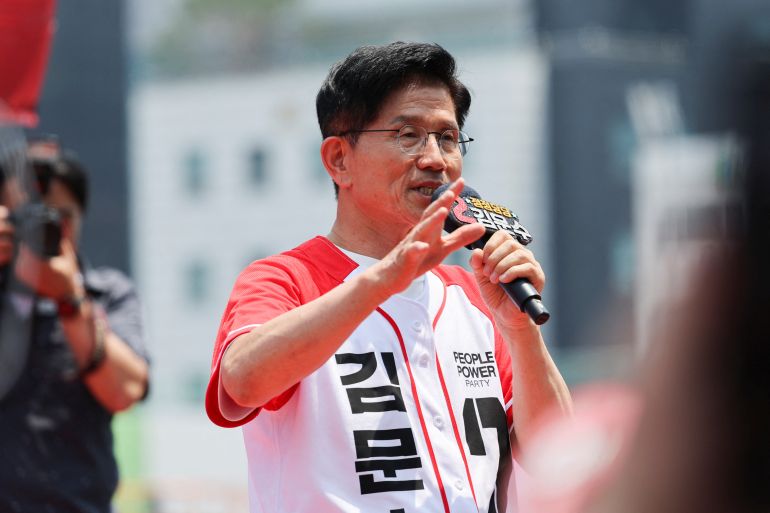
Trump, tariffs and South Korea’s new direction
The election also unfolds as United States President Donald Trump has proposed a series of tariffs on key South Korean exports such as steel, semiconductors and automobiles.
In the face of those threats, Lee has promised to stimulate demand and growth, while Kim has promised to ease business regulations. Kim also emphasised his plan to hold an immediate summit meeting with Trump to discuss the tariffs.
Lee, on the other hand, has promised a more pragmatic foreign policy agenda which would maintain relations with the US administration but also prioritise “national interests”, such as bridging closer relations with neighbouring China and Russia.
On North Korea, Lee is determined to ease tensions that have risen to unprecedented heights in recent years, while Kim has pledged to build up the country’s military capability to counter Pyongyang, and wants stronger security support from the US.
Lee has also promised to relocate the National Assembly and the presidential office from Seoul to Sejong City, which would be designated as the country’s new administrative capital, continuing a process of city-planning rebalancing that has met a series of setbacks in recent years.
Another major issue that Keimyung University’s Lim hopes the future leader will focus more on is the climate situation.
“Our country is considered a climate villain, and we will face future restrictions in our exports if we don’t address the immediate effects of not keeping limits on the amount of our hazardous outputs,” Lim said.
“The future of our country will really rest on this one question: whether the next president will draw out such issues like the previous administration or face the public sphere and head straight into the main issues that are deteriorating our society.”
The results of Tuesday’s vote are expected to emerge either late on Tuesday or in the early hours of Wednesday morning.
In the 2022 election, Yoon was proclaimed the winner at 4:40am the morning after election day.
With Lee the clear frontrunner in this election, the outcome could be evident as early as Tuesday night.
But enhanced surveillance at polling stations this year due to concerns raised about counting errors may be a factor in slowing down any early announcement of the country’s next president.

